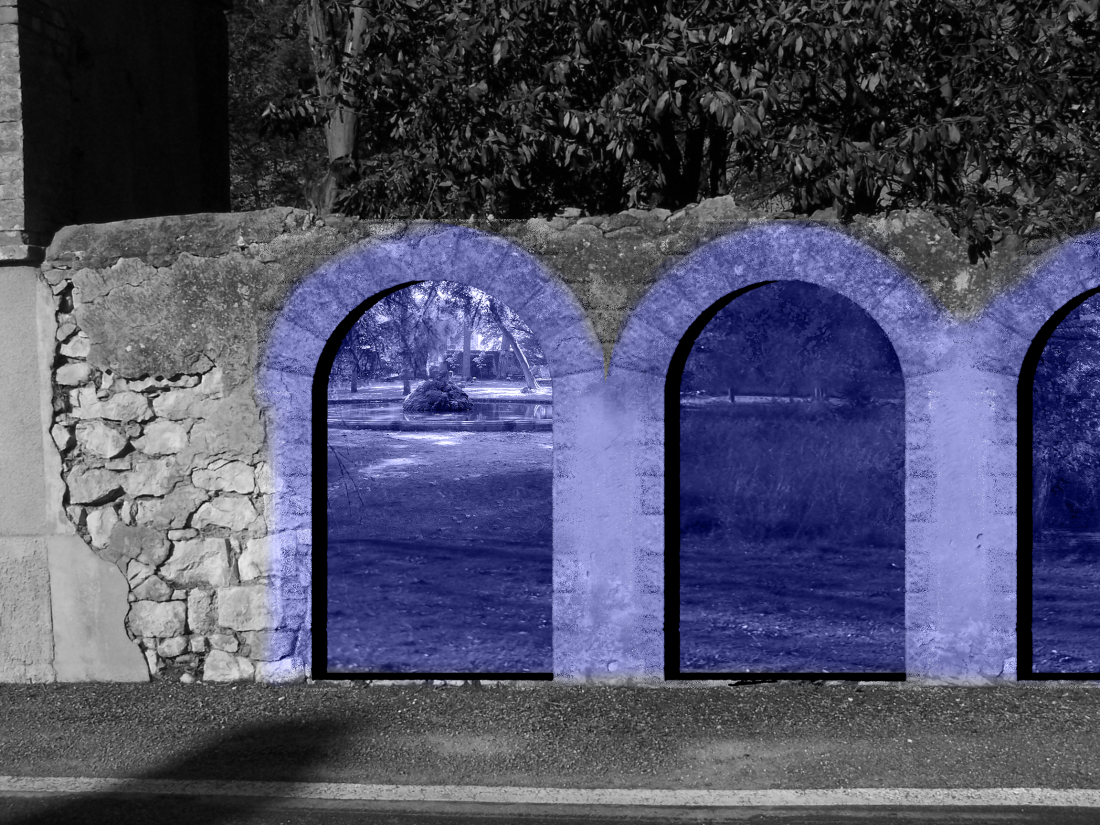Comme une lettre à la Poste
Habiter le centre-bourg de Saint-Didier
2024
Auteur(s)
Eva-Léna Chaudel
Enseignant(s)
Martin Gillot, Alice Sotgia
Département
AAP
Ce diplôme nous transporte dans le sud de la France, à Saint-Didier, où nous découvrons un village abritant trois monuments historiques remarquables : le centre spirituel Notre-Dame-de-la-Vie, le clocher du village et le château de Thézan. Le château attire particulièrement mon attention puisqu’après 30 ans d’abandon, il réouvre ses portes en 2022. La rénovation du château réalisée par les nouveaux propriétaires pose des implications urbaines et programmatiques. Le village est ainsi divisé entre une programmation muséale et touristique dans le château, et une vie sociale locale concentrée autour de la place neuve, non sans tensions entre la municipalité et les partisans du développement touristique. Le projet envisage le réaménagement des abords du château pour réconcilier ces centralités et repenser l’usage des espaces alentour, en tenant compte des enjeux liés au réchauffement climatique et à l’adaptation des villes du sud de la France aux nouvelles réalités environnementales. L’accent est mis sur la création d’espaces publics mêlant lieux de rencontre, patrimoine et espaces verts.
This project takes us to the south of France, to Saint-Didier, where we discover a village that is home to three remarkable historic monuments: the Notre Dame de la Vie spiritual centre, the village bell tower and the Château de Thézan. The château catches my eye in particular because, after 30 years of squatting, it is reopening its doors in 2022. The renovation of the château by its new owners has a number of urban and programmatic implications. The village is divided between a museum and tourist programme in the castle, and a local social life concentrated around the new square, not without tensions between the municipality and supporters of tourist development. The project involves redeveloping the area around the château in order to reconcile these centralities and rethink the use of the surrounding spaces, taking into account the challenges posed by global warming and the need for towns in the south of France to adapt to new environmental realities. The emphasis is on creating public spaces that combine meeting places, heritage and green spaces.



